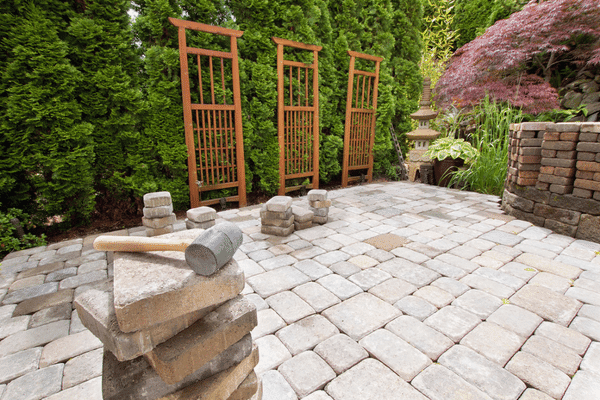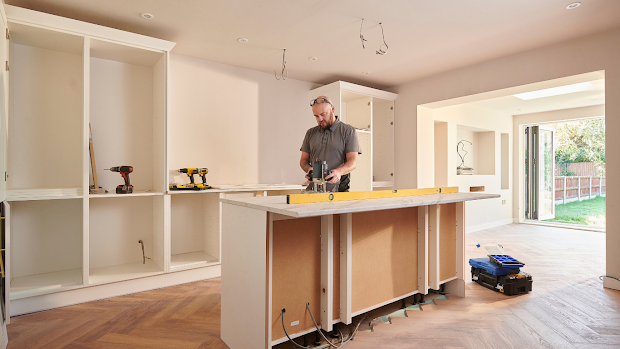The Benefits of Hardscaping: Creating a Functional and Beautiful Outdoor Space.
Introduction
Hardscaping is the use of non-living materials, such as concrete, brick, stone, and wood, to create functional and visually appealing outdoor spaces. Hardscaping elements can include patios, walkways, decks, retaining walls, water features, and more.
Hardscaping can offer several benefits for homeowners, including:
Increased curb appeal: Hardscaping elements can make a property look more attractive and well-maintained. A well-designed patio or walkway can add a touch of elegance to a home, while a retaining wall can enhance the natural beauty of a landscape.
Improved functionality: Hardscaping elements can create functional spaces for people to enjoy, such as patios for entertaining, walkways for easy access around the yard, and decks for relaxing and enjoying the outdoors.
Increased property value: Hardscaping can increase the value of a property. According to a study by the National Association of Realtors, homes with hardscaping features sell for an average of 5% more than homes without hardscaping features.
Reduced maintenance: Hardscaping elements generally require less maintenance than landscaping elements, such as plants and grass. Hardscaping elements are also more durable and can withstand harsh weather conditions.
Environmental benefits: Hardscaping elements can help to improve drainage, prevent erosion, and reduce water runoff. For example, a patio can help to direct rainwater away from a foundation, while a retaining wall can help to prevent soil erosion.
Types of hardscaping elements
There are a wide variety of hardscaping elements that can be used to create a beautiful and functional outdoor space. Some of the most common hardscaping elements include:
- Patios: Patios are typically made of concrete, brick, or stone. They can be used for a variety of purposes, such as entertaining, dining, and relaxing.
- Walkways: Walkways provide a safe and convenient way to get around the yard. They can be made of a variety of materials, such as concrete, brick, stone, or pavers.
- Decks: Decks are raised platforms that are typically made of wood or composite materials. They can be used for a variety of purposes, such as entertaining, dining, and relaxing.
- Retaining walls: Retaining walls are used to hold back soil on a slope. They can be made of a variety of materials, such as concrete, brick, or stone.
- Water features: Water features, such as ponds, fountains, and waterfalls, can add a touch of elegance and tranquility to a landscape.
Designing a hardscape
When designing a hardscape, it is important to consider the following factors:
- The style of your home: The hardscape elements should complement the style of your home. For example, a traditional home would look best with hardscaping elements made of brick or stone, while a contemporary home would look best with hardscaping elements made of concrete or metal.
- The overall design of your landscape: The hardscape elements should work together to create a cohesive and balanced landscape. For example, a patio should be located in a spot that gets plenty of sunlight and has a view of the yard.
- Your budget: Hardscaping can be expensive, so it is important to set a budget before you begin planning your project.
Conclusion
Hardscaping can offer several benefits for homeowners. By carefully planning and designing your hardscape, you can create a functional and beautiful outdoor space that you will enjoy for years to come.
Here are some additional tips for creating a successful hardscaping project:
- Hire a qualified professional hardscaping contractor to design and install your hardscape elements.
- Use high-quality materials that will last for many years.
- Maintain your hardscape elements regularly to keep them looking their best.
With careful planning and execution, your hardscaping project can add value to your home and create a beautiful and functional outdoor space that you and your family will enjoy for years to come.



.png)
Comments
Post a Comment